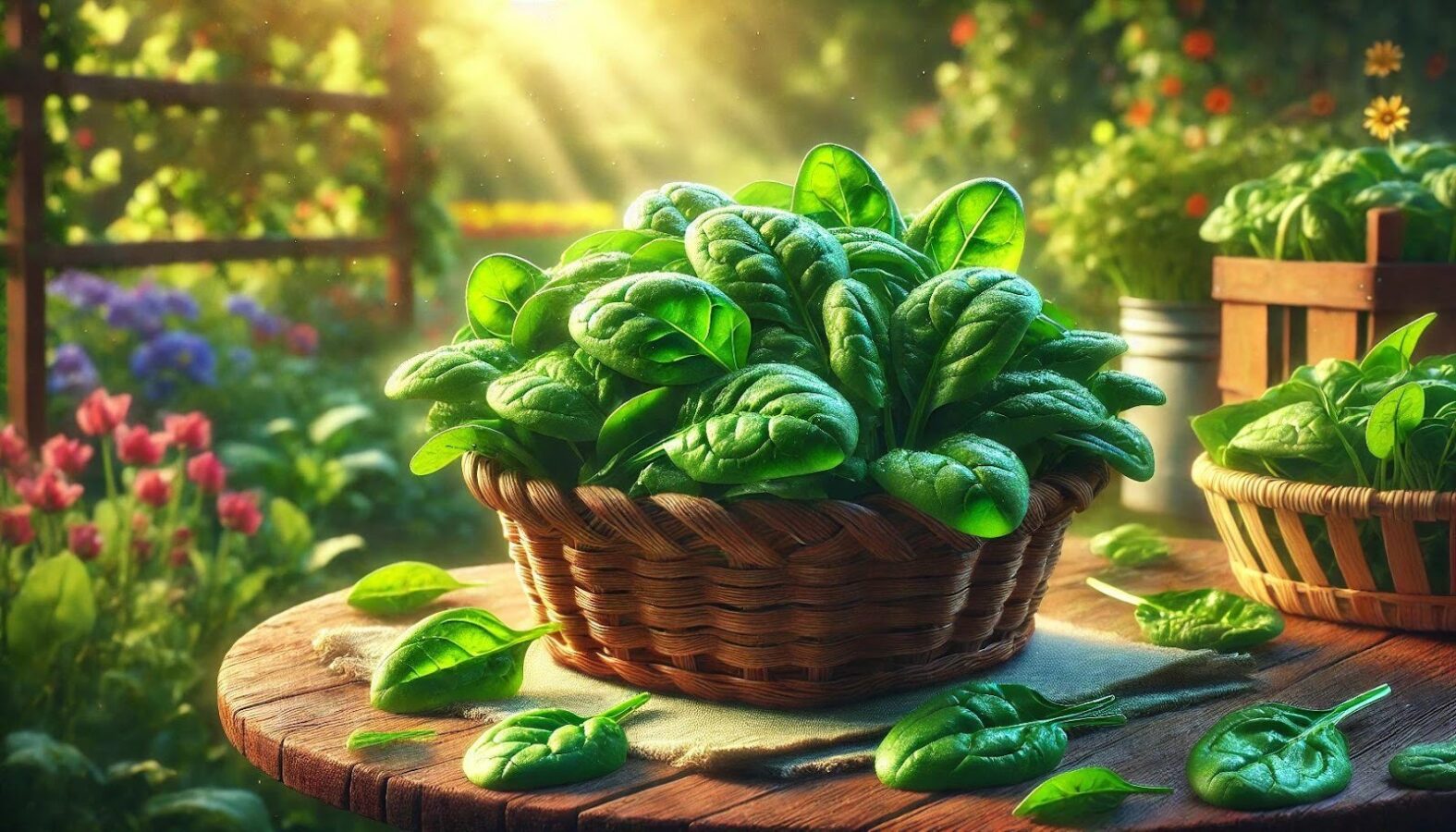
Date: 04/20/2024 04/21/2024
Location: Star Lake Meditation Center
Teacher: Otto Huang
Buddhist Diet and Regimen
Lotus Root
Lotus Root: A Fiber-Rich Aquatic Vegetable
1. What is Lotus Root?
Lotus root (Nelumbo nucifera) is the underground stem of the lotus plant, known for its unique porous structure and crunchy texture. Widely used in Asian cuisine, it can be eaten raw, stir-fried, boiled, or stewed, offering both great taste and nutritional benefits.
2. Nutritional Value of Lotus Root
Lotus root is a nutrient-dense food rich in fiber, vitamins, and minerals, including:
1.Dietary Fiber: Supports gut health and aids digestion.
2.Vitamin C: Boosts immunity, promotes skin health, and enhances iron absorption.
3.Potassium: Helps regulate blood pressure and supports cardiovascular health.
4.Iron: Supports red blood cell production and prevents anemia.
5.Polyphenols and Antioxidants: Help protect cells from oxidative stress.
3. Health Benefits of Lotus Root
1.Aids Digestive Health: High fiber content helps relieve constipation and promotes gut motility.
2.Boosts Immunity: Rich in vitamin C, which enhances the body’s defense system.
3.Regulates Blood Pressure: Potassium helps balance fluid levels and maintain stable blood pressure.
4.Supports Blood Health: Iron content aids in preventing anemia and improving circulation.
5.Aids in Weight Management: Low in calories and high in fiber, making it a great dietary choice.
4. Best Ways to Eat Lotus Root
1.Raw in Salads: Crisp and refreshing, often used in cold dishes.
2.Boiled in Soups: Softens when cooked and absorbs flavors well.
3.Stir-Fried: Lightly sautéed to retain its crunchy texture.
4.Steamed or Braised: Nutritious and easy to digest when cooked thoroughly.
5.Made into Lotus Root Powder: Ground into a fine powder for drinks or desserts.
5. Interesting Facts About Lotus Root
How to choose the best lotus root?
Look for smooth skin, even coloration, and clean pores.
Why does lotus root turn black after cutting?
Exposure to air triggers oxidation, but soaking it in lemon or vinegar water can prevent discoloration.
How should lotus root be stored?
Store in a cool, ventilated place or refrigerate to maintain freshness.
Conclusion
Lotus root is a highly nutritious food rich in fiber, vitamin C, potassium, and iron. It supports digestion, boosts immunity, regulates blood pressure, and promotes blood health. Whether eaten raw, cooked in soups, stir-fried, or made into powder, lotus root is a delicious and healthy addition to any diet.

